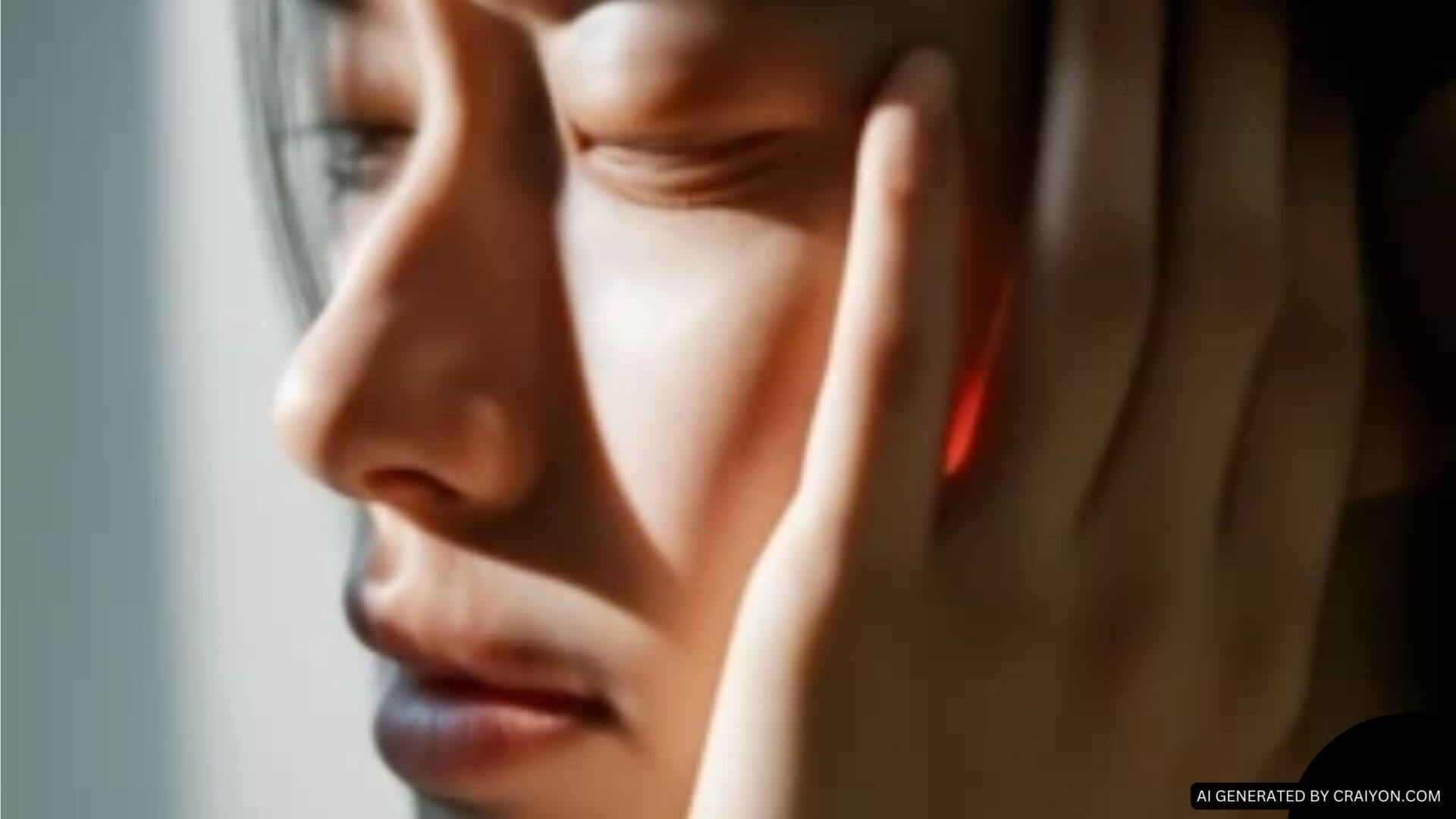The Connection Between Pain and Depression: How the Fear of Pain Can Paralyze Us
One of the most insidious effects of both physical and emotional pain is the way it intertwines with depression, creating a vicious cycle that can be difficult to escape. The relationship between pain and depression is complex, but at its core, pain often triggers feelings of helplessness, hopelessness, and despair—all hallmark symptoms of depression.
The Fear of Pain: A Paralyzing Force
When pain becomes chronic or overwhelming, the fear of experiencing further pain can begin to dominate our thoughts. This fear can become a source of psychological paralysis, leading to avoidance behaviors and, eventually, an overwhelming sense of dread. People living with chronic physical pain may avoid activities they once enjoyed, fearing that any movement or exertion will bring more discomfort. Likewise, emotional pain from past traumas or losses can cause individuals to shut down, fearing the recurrence of the same heartache.
The fear of pain—whether physical or emotional—often magnifies the sense of powerlessness that accompanies depression. When we are afraid of being hurt, whether by a physical injury or the emotional vulnerability that comes with relationships and life’s uncertainties, we begin to limit our actions and avoid situations where we might feel exposed or at risk. This avoidance, however, ultimately compounds the problem.
The Cycle of Avoidance and Isolation
For someone suffering from depression, the fear of pain can lead to a pattern of avoidance that deepens the emotional distress. The fear of physical pain might prevent someone from exercising or going outside, leading to a sedentary lifestyle that further worsens mood and energy levels. In the case of emotional pain, individuals may avoid social interactions or difficult conversations, withdrawing further from relationships, and making them more susceptible to loneliness and isolation.
As avoidance becomes more ingrained, the person may begin to feel as though they are trapped in their own mind and body. This perceived lack of control over pain—whether physical or emotional—can exacerbate feelings of worthlessness and despair. In depression, the fear of pain doesn’t just stem from the injury or distress itself, but from the belief that pain is inevitable and unmanageable. The overwhelming anticipation of future suffering can create an all-consuming mental fog, paralyzing the individual from taking any meaningful action or finding hope for the future.
The Paralysis of Inaction
This fear-driven paralysis is not just about avoiding physical pain but also about the mental and emotional toll it takes on one’s ability to function in daily life. In many cases, depression manifests through an overwhelming sense of inertia. For example, someone suffering from depression may avoid getting out of bed, missing work or social obligations, not because they are too tired to do so, but because the fear of facing another painful day feels insurmountable. Inaction becomes a coping mechanism, even though it further entrenches them in a cycle of inactivity and isolation. The fear of pain prevents the individual from taking the first steps toward healing, whether that means seeking medical help for physical pain or reaching out to a therapist to process emotional pain.
The longer this fear and avoidance continue, the deeper the depressive state becomes. The lack of activity and social engagement worsens depression, reinforcing the belief that life is painful and that the risk of pain is too great to face. In this way, the fear of pain doesn’t just paralyze in the immediate moment—it keeps people trapped in a cycle where the possibility of recovery or relief feels distant, if not impossible.
The Little Boy and the Pressure to Pee
And it’s like this: A little boy in the back seat of a car, the world zooming past him like it’s nothing, but in his mind, it’s everything. His legs swing nervously as he feels the pressure creeping up—his bladder full, a slow burning ache pressing against his insides. He starts kicking the driver’s seat, the only thing he can think of to distract himself from the pressure, the sensation of need, the need to pee, that urgent feeling that won’t leave him alone.
The driver? He’s pissed. Who wouldn’t be? A kid kicking the back of the seat, probably because he’s too young to understand the consequences of doing it. The driver snaps. He thinks, “What the hell is this kid doing?” And in that moment, he’s ready to lash out, angry as hell, seeing only the nuisance. But the kid, the kid isn’t being bad. The kid’s just trying to stop the flood, trying to hold off the pressure in his body that he can’t control, trying to stop himself from being overwhelmed by something no one wants to face, something that feels like it might drown him if he doesn’t find a way to make it stop.
The kid’s kicking, sure—but it’s not defiance. It’s desperation. He doesn’t have the words to explain it. He can’t articulate that his world has shrunk to that unbearable need. He’s not just kicking for fun. He’s trying to stop the inevitable. The driver, frustrated, misses the truth. Misses the pain. Misses the silent battle the boy is fighting.
Breaking the Cycle: Confronting Pain Head-On
The key to breaking this paralyzing cycle lies in confronting pain in a way that does not avoid, but rather engages with it in a mindful and controlled manner. This doesn’t mean facing pain recklessly or without care but developing strategies to manage and understand it. Cognitive Behavioral Therapy (CBT) and mindfulness practices can help individuals reframe their relationship with pain, teaching them that while pain is inevitable, it is also temporary and manageable.
Building resilience through small, gradual steps—whether it’s engaging in light exercise to combat physical pain or allowing oneself to experience vulnerability in relationships—can help individuals rebuild confidence in their ability to handle discomfort. These small victories, when combined with professional support and self-compassion, can slowly break the cycle of fear and paralysis, allowing individuals to regain a sense of agency in their lives.
Ultimately, acknowledging the fear of pain, rather than avoiding it, is the first step toward overcoming its paralyzing effects. By confronting pain head-on, individuals can begin to reclaim control over their emotions, actions, and future, slowly reducing the grip that both physical and emotional pain can have on their lives.



